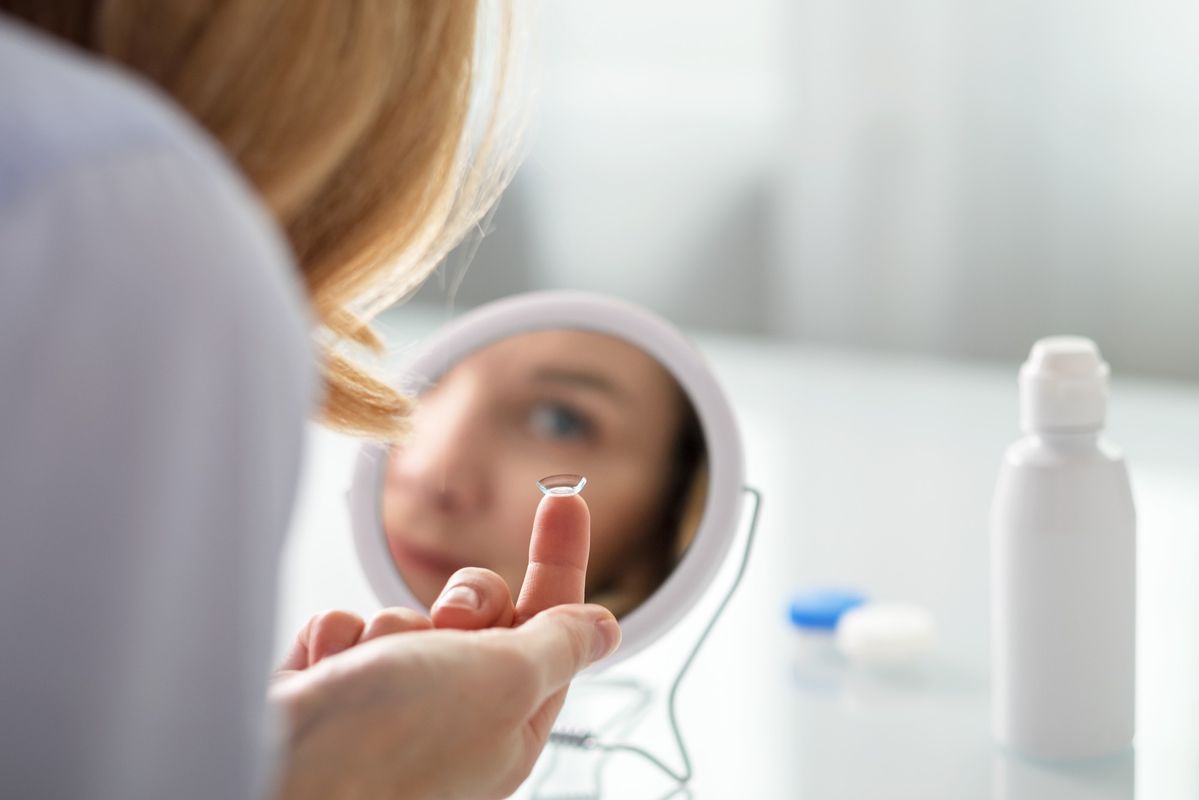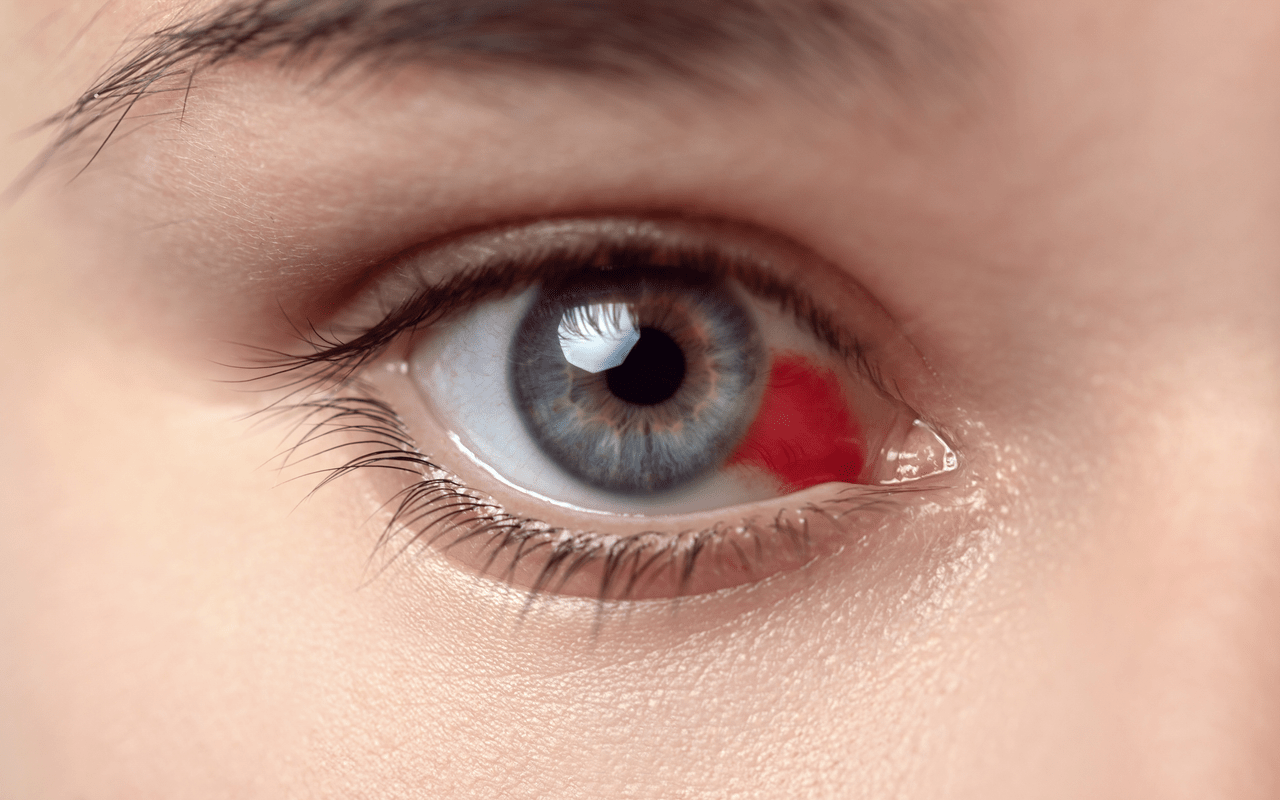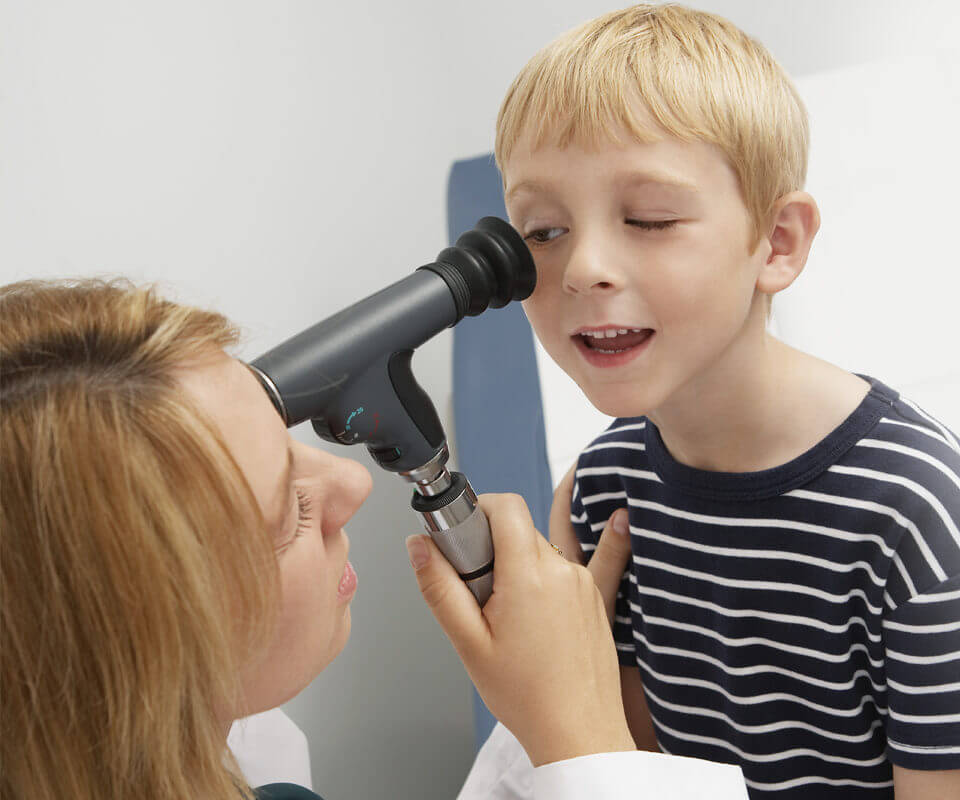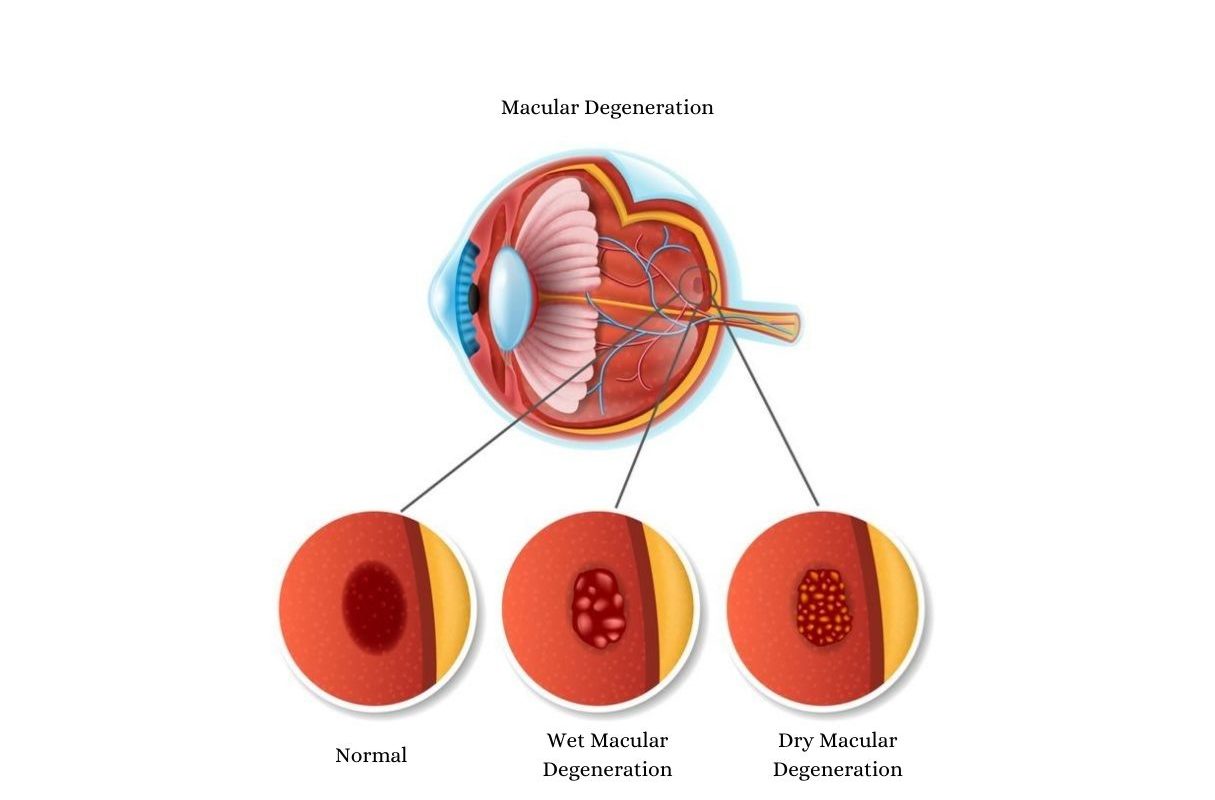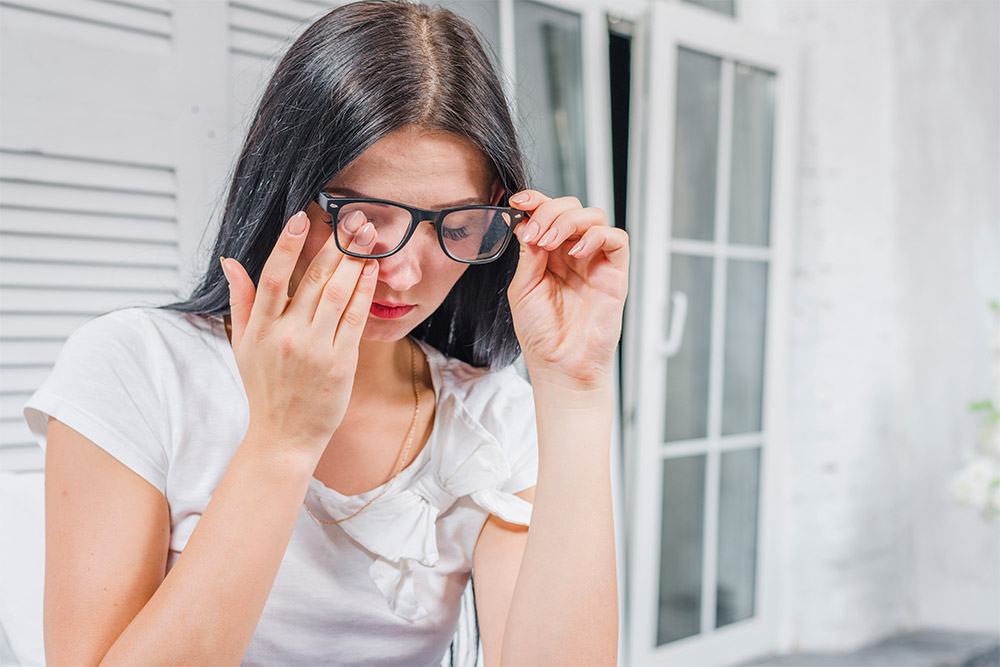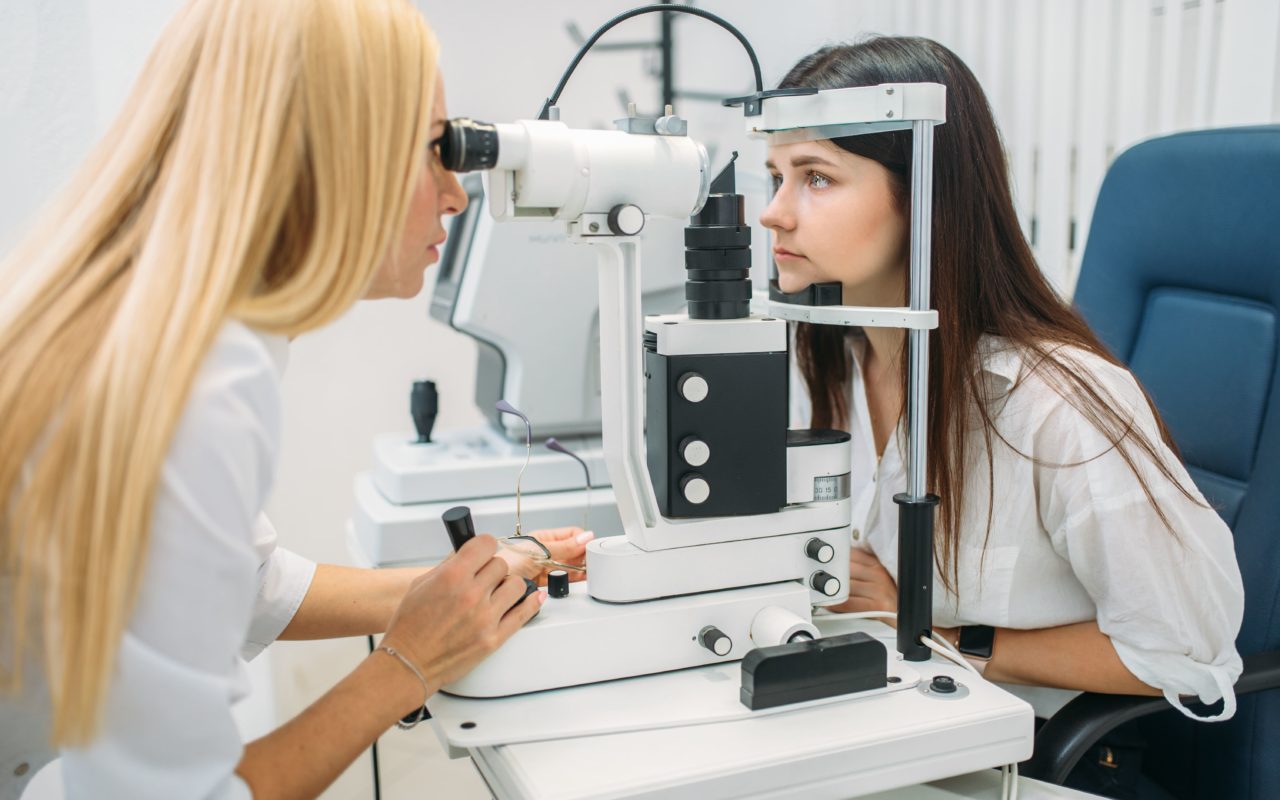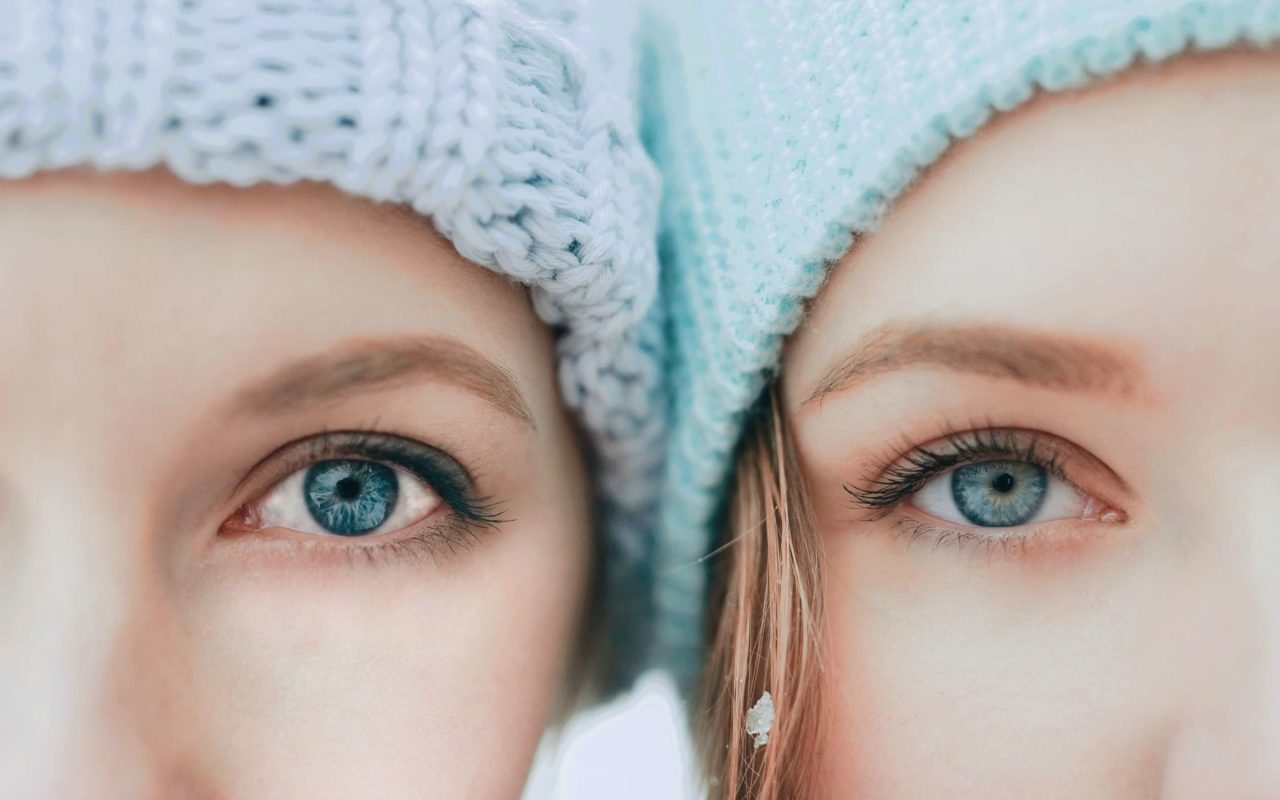There is a meibomian gland at the edge of your eyelid. The job of this gland is to produce lubricating oil for the eye surface. But when this gland gets blocked, a minor swelling or a lump on your eyelid appears. This lump is known as a chalazion, and chalazia if you have multiple lumps over your eyelid. This condition is pretty common.
Let’s look at the symptoms, causes, diagnosis of chalazion, and chalazion treatment as well.
Signs & Symptoms of Chalazion
You might have chalazion if you are facing the following prevalent signs and symptoms of chalazion:-
- The inflamed, small, and red area mostly over your upper eyelid in the beginning stage.
- Your eyes are feeling watery, along with irritation, discomfort, or pain.
- Blurry vision in case of an enormous lump on the eyelid.
- The skin surrounding your eyelid might also appear red.
- When the inflammation increases, the lump on your eyelid feels firm and hard when touched.
Chalazion Causes & Possible Risk Factors
As mentioned earlier, chalazion happens when the oil-generating gland in your eyes gets blocked. It happens due to various reasons like:-
- Underlying Inflammatory Conditions
- Chronic Blepharitis
- Seborrheic Dermatitis
- Acne Rosacea
- Viral Conjunctivitis
Here are the possible risk factors associated with chalazion in your future, which you should watch out for:-
- Diabetes
- Viral Infections
- Skin Cancer
- Tuberculosis
- Return of Chalazion
Diagnosis of Chalazion
An Eye doctor can diagnose chalazion through performing a physical examination. They might also ask for your detailed medical history. In the physical examination, they will test the vision of both eyes individually. The eye doctor will also check the eyelid, face, and eyes closed for any symptoms.
If you are repeatedly suffering from chalazion, your eye doctor may refer you to an ophthalmologist. They will test you for other serious eye infections as well. In case of repetitive chalazion, your health care provider might also suspect underlying severe illnesses like diabetes. They might prescribe a blood test to conclude.
Home Chalazion Treatments
You can try these simple home chalazion treatments, which are effective according to the doctors also.
- Warm compress is a traditional remedy for many ailments. It is effective for chalazion also. Apply and hold a warm compress on the affected eyelid for 15 minutes. Do that at least 3-4 times a day.
- Give a gentle massage on the impacted eyelid and eyes after the warm compress. Massage and compress combined will unblock the gland.
- Practice more patience because sometimes the lump on your eyelid might take weeks or months to disappear.
- Don’t make any desperate attempts like poking, stabbing, popping, or trying to pinch the lump out. You might get scratches and inflammation on your gland. As a result, it may reclog.
Signs That You Should Call Your Doctor
The above home remedies should be enough to minimize the impact of chalazion. And the lump should also be gone in a few days. However, if it doesn’t happen, your degree of infection might need advanced medical treatment. So you should call your physician or ophthalmologist at the earliest.
Some other warning signs that call for immediate action are fever, headache, protruding eyes, blurry or double vision, eye pain, and redness. If a child is facing these symptoms, you must get an appointment with the doctor.
Key Takeaway!
A chalazion is a common eye problem, and mostly it goes away in some time. But you should not take your eye health for granted. Keep a watch on the symptoms explained in this article. If the lump on your eyelid doesn’t go away after trying all the home chalazion treatments, you should not delay contacting your doctor to schedule an eye exam. And remember to be extra careful if a child is affected with chalazion.


